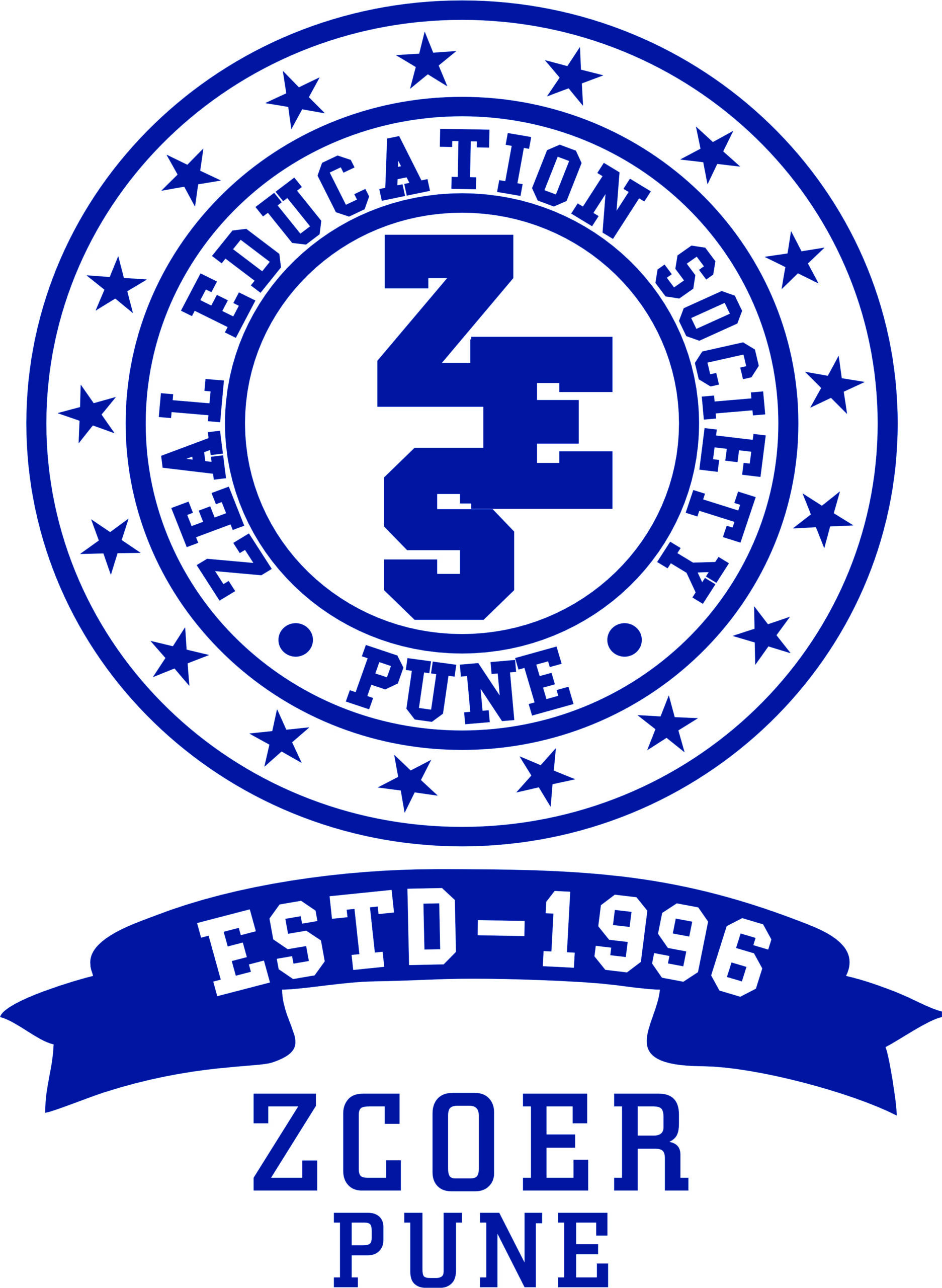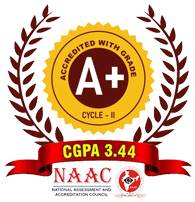Computer Engineering
- Computer Engineering
- About Department
- From HOD Desk
- Vision & Mission
- PEO & PSO, PO & CO
- Autonomy Constitution
- Faculty Profile
- Lab Facilities
- Innovations in Teaching – Learning
- Research & Publication
- Skill Development
- Faculty Achievement
- Students Achievement
- Student Association
- Placement and Internship
- Center of Excellence
- Life @ Computer
- Downloads
- Newsletters
1. Introduction
Traditional lecture-based teaching often limits student engagement and critical thinking. To overcome this challenge, the Computer Engineering Department at Zeal College of Engineering and Research, Pune, has adopted Activity-Based Teaching as an innovative methodology to enhance learning outcomes. This approach actively involves students through various interactive learning strategies, ensuring a deeper understanding of theoretical concepts and their practical applications.
This report outlines the goals, methodology, significance, effectiveness, and implementation of Activity-Based Teaching in the Computer Engineering curriculum.
2. Statement of Clear Goal
The primary goal of implementing Activity-Based Teaching is to:
- Enhance student participation by making learning more interactive and engaging.
- Foster critical thinking by encouraging students to analyze and solve problems independently.
- Reinforce theoretical concepts by linking them with hands-on activities, real-world applications, and collaborative learning.
3. Use of Appropriate Methods:
Activity-Based Teaching employs various innovative methods to improve student learning, including:
a) Interactive In-Class Activities:
Concept mapping, brainstorming sessions, and role-playing exercises to deepen understanding.
b) Group Discussions:
Encouraging peer-to-peer learning through structured debates and technical discussions.
c) Case Studies:
Analyzing real-world problems related to Software Development, Cybersecurity, AI, and Data Science.
d) Problem-Solving Exercises:
Implementing coding challenges, debugging sessions, and logical puzzles in programming courses.
e) Hands-on Lab Experiments:
Engaging students in live projects, circuit design, and simulations for subjects like Microprocessors, IoT, and Machine Learning.
f) Gamification Techniques:
Using quizzes, leaderboards, and reward-based learning to encourage participation.
4. Significance of Results:
Activity-Based Teaching has led to several positive outcomes in the Computer Engineering curriculum, including:
a) Increased Student Engagement:
Students actively participate in discussions and hands-on exercises, improving their learning retention.
b) Improved Critical Thinking Skills:
Encouraging students to think beyond textbooks and solve real-world engineering problems.
c) Deeper Understanding of Concepts:
Concepts become clearer when students apply them through practical activities and case studies.
d) Enhanced Collaboration and Teamwork:
Working on group activities fosters communication and teamwork skills, essential for industry readiness.
5. Effectiveness of Activity-Based Teaching:
The effectiveness of Activity-Based Teaching is measured through:
a) Active Participation Levels:
Monitoring student involvement in classroom discussions, coding exercises, and project-based learning.
b) Student Feedback:
Collecting responses through surveys and reflections on their learning experiences.
c) Assessments & Performance Metrics:
Evaluating students’ conceptual understanding through assignments, quizzes, and practical exams.
d) Faculty Observations:
Tracking improvements in problem-solving skills, project execution, and conceptual clarity.
6. Implementation in Computer Engineering Curriculum
Activity-Based Teaching has been successfully implemented in various courses at Zeal College of Engineering and Research, Pune, including:
a) Software Engineering:
- Case Study-Based Learning: Analyzing industry-standard software development methodologies.
- Team-Based Activities: Developing software project prototypes in small groups.
b) Data Structures & Algorithms:
- Hands-on Coding Challenges: Implementing sorting, searching, and graph algorithms in pairs.
- Gamification: Conducting competitive programming contests.
c) Operating Systems:
- Simulation-Based Learning: Implementing process scheduling and memory management algorithms in labs.
d) Artificial Intelligence & Machine Learning:
- Project-Based Learning: Developing AI models using Python and TensorFlow.
- Case Studies: Discussing real-world applications of AI in healthcare, finance, and automation.
e) Microprocessors and Embedded Systems:
- Hardware Implementation: Designing and testing microcontroller-based circuits.
7. Conclusion
Activity-Based Teaching has revolutionized the learning experience in the Computer Engineering Department at Zeal College of Engineering and Research, Pune. By making education more interactive and engaging, it has enhanced student participation, critical thinking, and conceptual understanding.
As technology continues to evolve, further integration of virtual labs, AI-driven simulations, and online collaborative platforms will enhance the effectiveness of this methodology. This innovation ensures that students are not only academically proficient but also industry-ready professionals in the field of Computer Engineering.
Submit your review | |
1 2 3 4 5 | |
Submit Cancel | |




